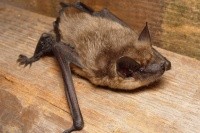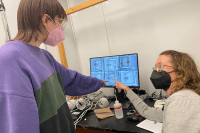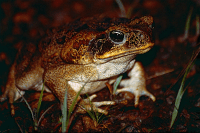The power of their words to see the world
“Being an English major taught me how to choose my words, learn to know which words to use and which words will make a more empathetic listener. That skill was something I needed.”
- Featuring
-
Ky Core ’24they/them









